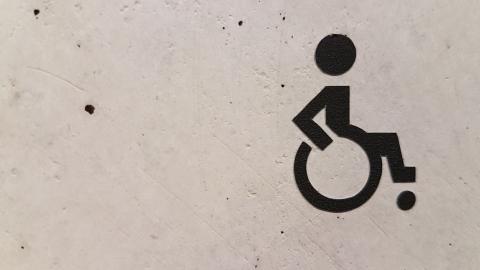The CTSC Is READI to Ramp Up Accessibility in Our Efforts and Impact
This article is a part of our CTSC special feature series.
In July 2022, the CTSC published an article titled Less Accessibility, More Problems in reference to accessibility challenges and barriers found in the current state of the biomedical research enterprise. Since then, we’ve also reported on a memo on free, immediate, equitable access to federally funded research from the White House Office of Science and Technology Policy. In alignment with priorities from the National Institutes of Health National Center for Advancing Translational Sciences, with patient involvement central to all stages of translation, we’re prioritizing accessibility in our work, too.
Accessibility is defined as “the quality of being able to be reached or entered, obtained or used, easily understood or appreciated”.
What happens when research or science isn’t accessible?
- Individuals and the public, who we implement translational science for, can’t benefit from findings from the lab or clinic and continue to receive status quo care;
- The biomedical research workforce remains undiversified, and consequently, research studies and the research participant pool does, too; and
- We continue to serve based on numbers and statistical significance, leaving out vulnerable populations most heavily impacted by health disparities.
What can accessibility apply to?
- Communication/Information
- Environment
- Resources
- Opportunities
What are a few things I can do today to advance accessibility in my research program?
- Communication/Information
- Communicate information in a clear, concise manner
- Include a simplified summary of the information you want the reader to retain (from co-workers to the public)
- Add alternative text to images (e.g., for a picture of a mother hugging a child the text might read, “This photo is a picture of a mother hugging a child in a park.”)
- Consider color contrasts (i.e., dark images against a light background) when designing graphics
- Environment
- Think of and implement ways to make your space navigable by individuals with physical challenges (e.g., who use adaptive devices to move or have vision or hearing differences)
- Train staff to perceive when someone might need support to ensure accessibility of the space and its resources (e.g., Mental Health First Aid)
- Resources
- Include subtitles on videos
- Provide a transcript of recorded podcasts, webinars or trainings
- Opportunities
- Involve people in underrepresented, marginalized communities to share their experiences to help inform solutions to minimizing, if not, eliminating barriers to access
- Be respectfully curious about potential barriers to access, for a variety of diverse demographics, to ensure that you’re crafting opportunities that not only work for most, but also those who don’t typically know about those opportunities or take advantage of them
This list isn’t comprehensive, but rather a start of something wonderful that you and your team can implement into your research program. We’ll be right there alongside you as we make our offerings more accessible, too.



